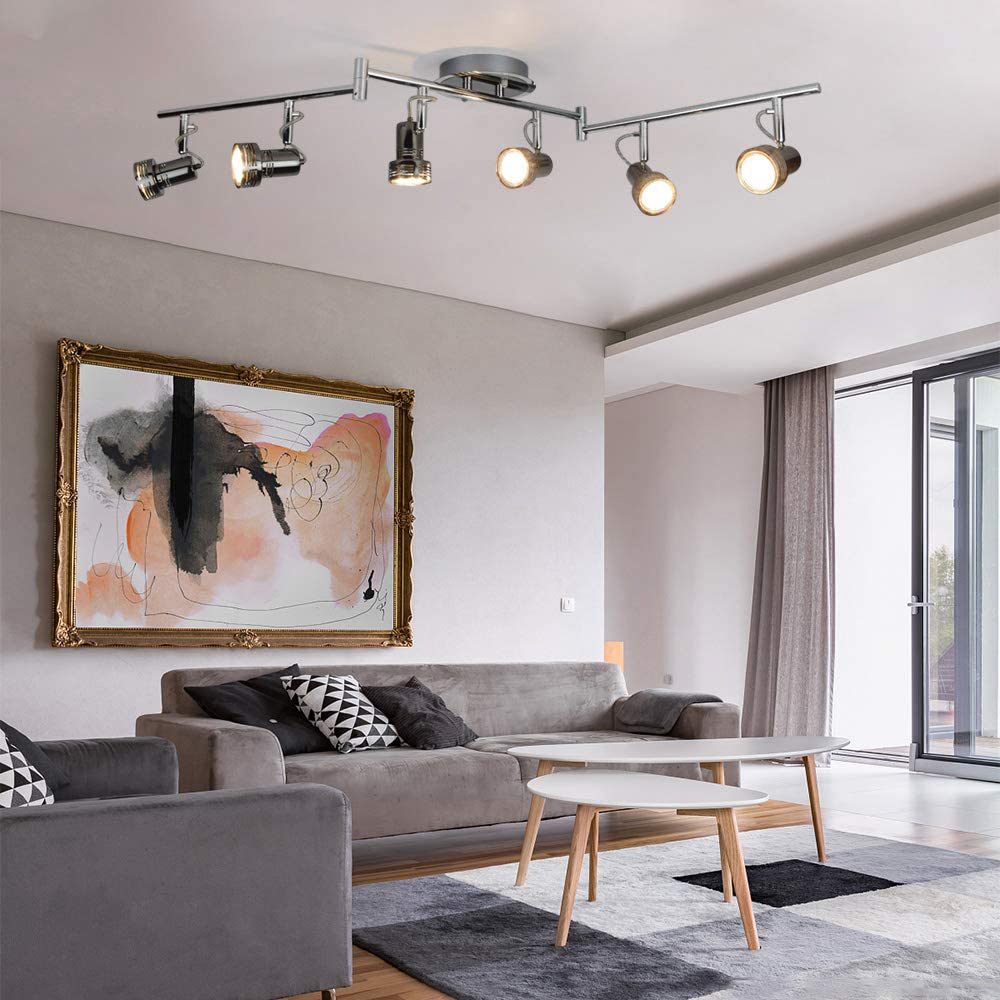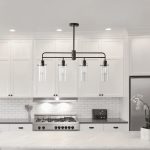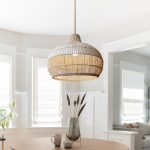
Blown Glass Lampshade: A Glowing Artistic Masterpiece.
Introduction
Blown glass lampshades have been gaining popularity in recent years due to their elegant and artistic qualities. They are a unique and beautiful addition to any home or office, and their glowing appearance adds a warm and inviting atmosphere to the room. This article will explore the beauty and versatility of blown glass lampshades, the history of blown glass, the process of creating a blown glass lampshade, and how to choose the perfect blown glass lampshade for your space.
History of Blown Glass
Blown glass has been around for over 2,000 years and has been used for various things, such as creating vessels, decorative objects, and even paperweights. It was first created in Syria around 50 BC and spread throughout the Roman Empire. Blowing glass required a high level of skill and was often passed down from generation to generation.
The Process of Creating a Blown Glass Lampshade
The process of creating a blown glass lampshade can take anywhere from a few hours to several days, depending on the complexity of the design. The first step is to gather the molten glass on the end of the blowpipe, which is then rolled and shaped until it reaches the desired form. Once the basic shape is achieved, the glass is slowly heated in a furnace to maintain its malleability.
Next, color, patterns, or designs can be added to the glass using a variety of techniques, such as cased glass, which is created by layering different colors of glass or frit, which is crushed glass.
Once the glass has cooled slightly, it is returned to the furnace, where it undergoes a process called annealing. Annealing helps to prevent the glass from cracking or breaking by slowing down the cooling process.
Finally, the glass is shaped into the desired lampshade form using various tools, such as paddles, jacks, and shears. The end result is a beautiful, unique, and functional lampshade.
Choosing the Perfect Blown Glass Lampshade
When selecting a blown glass lampshade, it is essential to consider the style of the room and the purpose of the lamp. For instance, if the lampshade is meant for a bedside table, a soft and subtle design may be more suitable. In contrast, if the lamp is intended to be a statement piece, a more elaborate and colorful blown glass lampshade might be more appropriate.
It is also important to consider the size and shape of the lamp. A smaller lampshade may be more suitable for a table lamp, while a larger lampshade may be better suited for a floor lamp.
Finally, the type of bulb used in the lamp should also be taken into account. LED bulbs are energy-efficient and produce less heat than traditional incandescent bulbs, making them a better option for blown glass lampshades.




